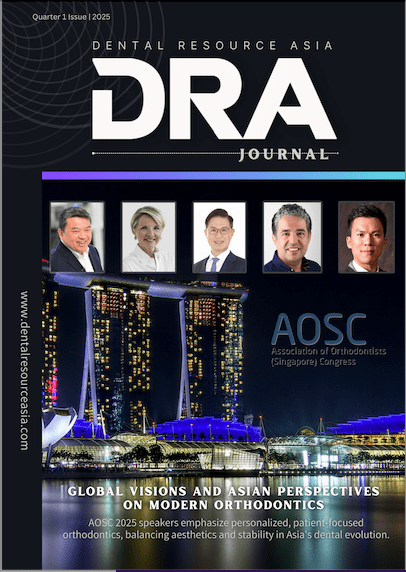The oral and maxillofacial region, encompassing teeth, gums, and facial structures, is integral to essential functions such as speech, chewing, and facial aesthetics. However, diseases affecting this area—ranging from infections and developmental deformities to cancers—pose significant challenges. These conditions often disrupt daily life, and current diagnostic and treatment methods frequently fall short in addressing their complexities. In response to the demand for more precise and non-invasive approaches, extracellular vesicles (EVs) have emerged as a promising avenue to enhance both diagnosis and treatment.
According to an article published on Newswise, EVs are now being explored for their potential to transform oral healthcare. The review highlights their presence in various biological sources, including cells, tissues, and body fluids, and their involvement in key physiological processes such as tooth development, wound healing, and immune regulation.
Insights from a Comprehensive Review
In a detailed review published on February 4, 2025, in the International Journal of Oral Science (DOI: 10.1038/s41368-024-00341-9), researchers from Zhejiang University School of Medicine examined the multifaceted roles of EVs in oral and maxillofacial diseases. The study reveals that salivary EVs, which exhibit notable differences between healthy individuals and patients, could serve as non-invasive diagnostic markers. This finding underscores the potential of EVs to streamline disease detection without the need for invasive procedures.
The review also delves into the therapeutic applications of engineered exosomes, which demonstrate enhanced targeting capabilities and efficacy compared to their natural counterparts. These engineered vesicles show particular promise in areas such as tumor treatment, tissue regeneration, and repair. Despite these advancements, the authors acknowledge the technical challenges associated with translating exosome-based therapies into clinical practice, including large-scale production and quality control.
Dr. Mengfei Yu, a leading expert in the field, emphasized the transformative potential of EVs in oral medicine. “Our study summarizes that EVs can serve as powerful tools for diagnosing and treating a wide range of oral and maxillofacial diseases. The ability to engineer these vesicles opens up new avenues for personalized medicine,” said Dr. Yu, as reported in the article.
Implications for Future Research and Clinical Practice
This review provides a systematic summary of the latest research on EVs within the oral and maxillofacial region, offering a valuable reference for future studies. By highlighting the potential applications of engineered exosomes, the review aims to fully exploit the diagnostic and therapeutic capabilities of EVs, paving the way for personalized oral healthcare.
The work was supported by grants from the National Natural Science Foundation of China, underscoring the significance of this research in advancing oral science. As noted in the article, the International Journal of Oral Science—a publication dedicated to fundamental, applied, and clinical research in oral science—continues to play a pivotal role in disseminating such findings to the global scientific community.
Challenges and Opportunities Ahead
While the potential of EVs in oral and maxillofacial medicine is evident, the path to widespread clinical adoption remains fraught with challenges. Issues such as scalability, standardization, and regulatory compliance must be addressed to ensure the safe and effective use of EV-based therapies. Nevertheless, the growing body of research in this field offers hope for overcoming these obstacles and unlocking the full potential of EVs in healthcare.
As the scientific community continues to explore the applications of EVs, their role in transforming oral and maxillofacial medicine becomes increasingly clear. With further research and innovation, EVs could soon become a cornerstone of modern dental diagnostics and treatment strategies.
The information and viewpoints presented in the above news piece or article do not necessarily reflect the official stance or policy of Dental Resource Asia or the DRA Journal. While we strive to ensure the accuracy of our content, Dental Resource Asia (DRA) or DRA Journal cannot guarantee the constant correctness, comprehensiveness, or timeliness of all the information contained within this website or journal.
Please be aware that all product details, product specifications, and data on this website or journal may be modified without prior notice in order to enhance reliability, functionality, design, or for other reasons.
The content contributed by our bloggers or authors represents their personal opinions and is not intended to defame or discredit any religion, ethnic group, club, organisation, company, individual, or any entity or individual.

